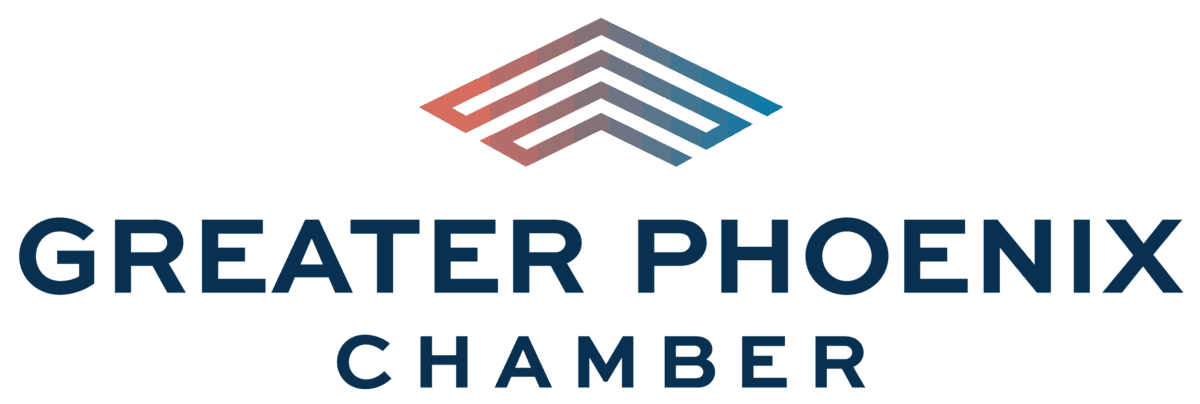 As we approach tax season, it’s crucial for businesses to optimize their tax planning strategies to maximize savings and ensure compliance. Here are five key strategies to consider.
As we approach tax season, it’s crucial for businesses to optimize their tax planning strategies to maximize savings and ensure compliance. Here are five key strategies to consider.
1) Take Advantage of Deductions: One of the most effective ways to reduce taxable income is by leveraging deductions. This includes expenses such as salaries, rent, utilities, and business-related supplies. Keep meticulous records of all deductible expenses throughout the year to ensure you’re not missing out on potential savings. Strategically timing the recognition of income and expenses can also have a substantial impact on taxable income. Consider deferring income to the following year or accelerating deductible expenses into the current year to optimize tax savings.
2) Contribute to Retirement and Health Plans: Contributing to retirement plans, such as a 401(k) or SEP IRA, not only helps secure your financial future but also provides immediate tax benefits. Contributions to these plans are typically tax-deductible, reducing your taxable income for the year. Offering health insurance benefits to employees not only helps attract and retain top talent but can also provide tax advantages for businesses. Employer contributions to employee health insurance premiums are typically tax-deductible as business expenses, reducing taxable income.
3) Utilize Tax Credits: Tax credits are powerful tools for reducing tax liability as they directly offset the amount of tax owed. Research and take advantage of available tax credits for businesses, such as the Research and Development Tax Credit, Work Opportunity Tax Credit, and Small Employer Health Insurance Tax Credit. The Research and Development Tax Credit, in particular, incentivizes innovation by providing a credit for qualified research expenses, including wages, supplies, and contract research costs.
4) Maximize Section 179 Deduction and Bonus Depreciation: Section 179 and Bonus Deprecations of the IRS tax code allows businesses to deduct the full purchase price of qualifying equipment and software purchased or financed during the tax year. This deduction can provide significant tax savings by allowing businesses to immediately deduct the cost of eligible assets rather than depreciating them over time. Be sure to take advantage of this deduction before the annual limit is reached.
5) Employ Income Splitting Strategies: For businesses with multiple owners or family members involved, consider income splitting strategies to distribute income among individuals in lower tax brackets. This can be achieved through salary adjustments, dividends, or utilizing family members in the business. Hiring your children to work for your business and paying them a reasonable salary for work they perform, can shift income from your higher tax bracket to their lower tax bracket. Additionally, their earnings may be exempt from certain payroll taxes, such as Social Security and Medicare taxes.
By implementing these tax-saving strategies, businesses can minimize their tax burden while maximizing cash flow for growth and development. Remember, proper tax planning is not only about reducing taxes but also about positioning your business for long-term success and financial stability.
Sincerely,

Paul Joseph Beckert MBA, CPA
President | Pinnacle Business Solutions L.L.P.
19332 N. 100th Way | Scottsdale, AZ 85255
Phone: (480) 980-3977 | Fax: (480) 427-2206
https://pinnacle-business.com
Follow Us: Facebook LinkedIn Twitter


